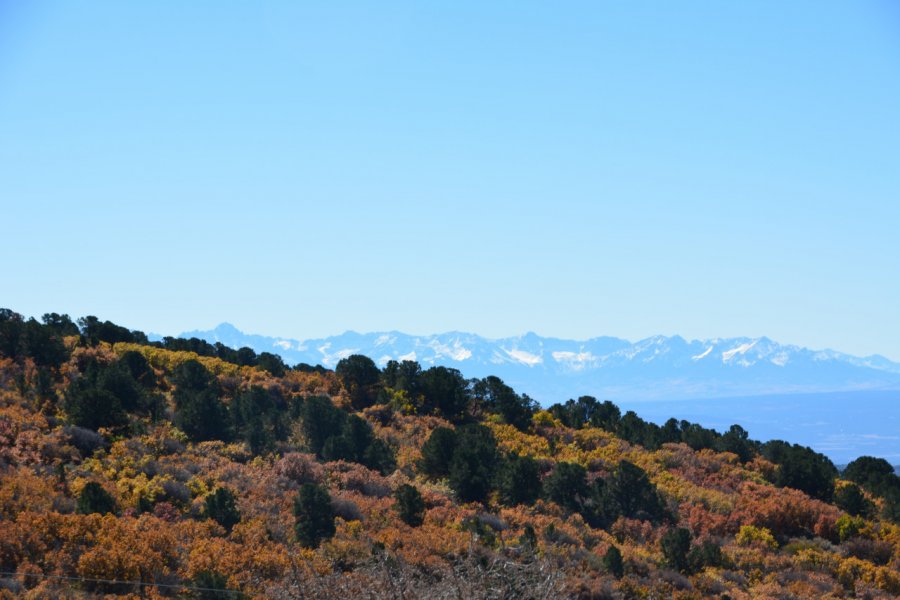Travel Guide Black Canyon Of The Gunnison National Park
Find an accommodation
Advertising
Spectacular canyon famous for its dark dark color and low gage, Black Canyon of the Gunnison National Park occupies a small part of Gunnison's total reserve, only about twenty kilometers away, but on the portion where the canyon is the most steep and spectacular. The remainder of the reserve is occupied upstream by the Curecanti protected area and downstream by the Gunnison Gorge National Conservation Area. The National Park consists of two banks, South Rim, which is accessible from Montrose, this is the most developed part with a Visitor Center and many points of view, and North Rim, more wild but perhaps also the most spectacular.GeologyThe Black Canyon of the Gunnison differs from the usual canyons with its dark color and low gage that leaves very little light. At its closest point, the canyon is 12 meters wide and receives only about 30 minutes of sun a day. This low luminosity gives black tints to the rock that is worth the black canyon. Canyon depth is explained by various geological phenomena, although the river is the primary responsibility for its formation.HistoryAlready known to Amerindian tribes as "large rocks, large water", the canyon is discovered by the settlers in the nineteenth century. With America's victory over Mexico, many fur trappers and explorers, looking for a passage to California, venture around the corner. The first official account on the Black Canyon is attributed to Captain John Williams Gunnison. It is according to him that the river is renamed, giving his name to the canyon and thus to the park. In 1882, the first passenger train crossed the Black Canyon by making the deepest canyon ever flown by the train. Then a new line is built in the south to reach Salt Lake City. The train thus transports minors and travelers wishing to see the canyon. But finally a new, easier route is found and the line is abandoned in 1955. It is then the delicate construction of a tunnel aimed at diverting water into the Uncompahgre valley, then scarcity, which is the next company carried out in the canyon. A delicate construction that costs life to several men… Finally, Black Canyon became a national monument in 1933 and then a national park in 1999.ClimateIf summers are hot, the canyon is often snowed during winters. The park is not fully accessible at this time of year, so take a look at the opening of the various roads before going to meet.NatureThe various hiking trails will lead you to observe the wide variety of plants, flowers and other trees in the park, including yellow pine, aspen aspen, wavy-leaf cercocarpe or the Utah juniper. You can also admire the emblematic flower from the park, Black Canyon Gilia. On the wildlife side, the Black Canyon hosts many rodents, several species of deer and birds, including raptors. Raise your head, you may see a eagle flying in the sky. Rarer, the antelope, the black bear, the lynx, the coyote and the puma are also used to the places.
What to visit Black Canyon Of The Gunnison National Park?
Suggested addresses Black Canyon Of The Gunnison National Park
Weather at the moment
Advertising
Organize your trip with our partners Black Canyon Of The Gunnison National Park
Transportation
Book your plane tickets
Car Rental
Boat rental
Accommodation & stays
Find a hotel
Holiday rental
Find your campsite
Tailor-made trip
Immersion travel
Services / On site
Activities & visits
Find a doctor






